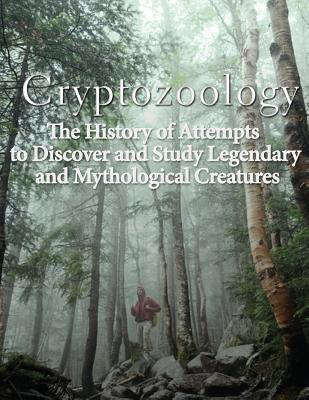Bealtaine Fire On The Hill Of Uisneach Attracts Huge Gathering
Mythology/Folklore/History
Monday 8th, May 2023
2 minute read.
One of Ireland's oldest traditions held on Friday the 5th of May 2023 is said to have attracted a crowd of up to 5,000 people this year.
The lighting of the Bealtaine Fire on the Hill of Uisneach signals the coming of summer and celebrates that fact.
Originally back in older times people would gather on the hill to witness the fire being lit by the high king of Ireland.
In recent years the lighting of the Bealtaine Fire has been 're-branded' as a key cultural event in Ireland as a family and community event.
The Hill of Uisneach in has played a part in a lot of significant Irish events, political, cultural, religious, mythological and geographical.
The surviving monuments and relics from the hill range in date from the Neolithic, early Bronze Age to the medieval period. The Hill of Uisneach is one of the most sacred and historic sanctuaries in the world.
The burial site of the Earth Goddess Ériu and the Sun God Lugh, the ground was regarded as sacred. Uisneach was beloved to be a gate to the mythical fifth province, Mide, which held the four more provinces together. For centuries, the fifth province was accessed at 'Aill na Mireann' (the Stone of Divisions) a sacred, fragmenting limestone boulder on the south west slope of the hill.
A glacial erratic, this six metre, 30 tonne boulder symbolises Ireland united in its divisions. It has also been known as 'Umbilicus Hiberniae', 'Axis Mundi' and 'the Naval of Ireland'.
Today, it is the most famous of more than 40 surviving features on Uisneach, although it is more commonly known as the 'Catstone', named so because it resembles a cat watching a mouse. It is under the 'Catstone' that Ériu is said to be resting.
The lighting of the Bealtaine Fire on the Hill of Uisneach signals the coming of summer and celebrates that fact.
Originally back in older times people would gather on the hill to witness the fire being lit by the high king of Ireland.
In recent years the lighting of the Bealtaine Fire has been 're-branded' as a key cultural event in Ireland as a family and community event.
The Hill of Uisneach in has played a part in a lot of significant Irish events, political, cultural, religious, mythological and geographical.
The surviving monuments and relics from the hill range in date from the Neolithic, early Bronze Age to the medieval period. The Hill of Uisneach is one of the most sacred and historic sanctuaries in the world.
The burial site of the Earth Goddess Ériu and the Sun God Lugh, the ground was regarded as sacred. Uisneach was beloved to be a gate to the mythical fifth province, Mide, which held the four more provinces together. For centuries, the fifth province was accessed at 'Aill na Mireann' (the Stone of Divisions) a sacred, fragmenting limestone boulder on the south west slope of the hill.
A glacial erratic, this six metre, 30 tonne boulder symbolises Ireland united in its divisions. It has also been known as 'Umbilicus Hiberniae', 'Axis Mundi' and 'the Naval of Ireland'.
Today, it is the most famous of more than 40 surviving features on Uisneach, although it is more commonly known as the 'Catstone', named so because it resembles a cat watching a mouse. It is under the 'Catstone' that Ériu is said to be resting.



